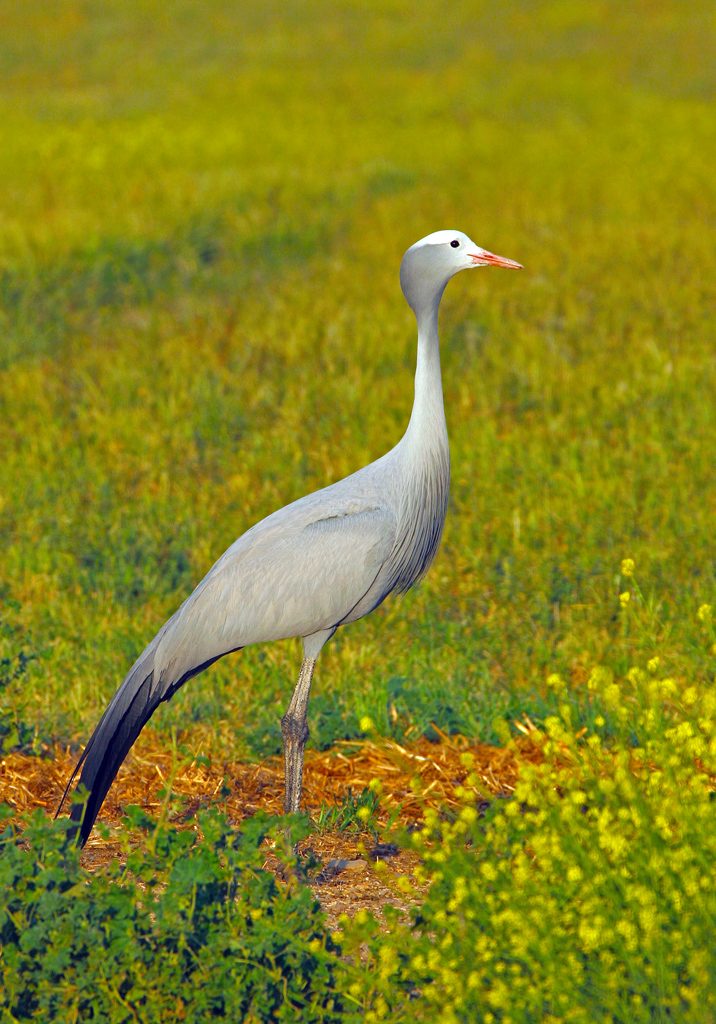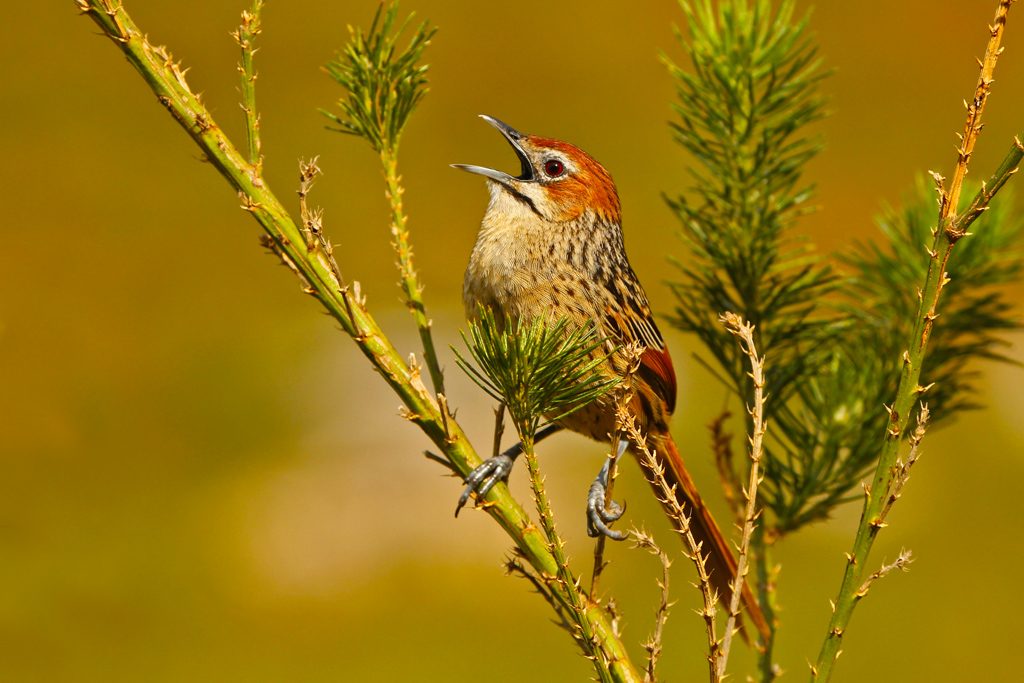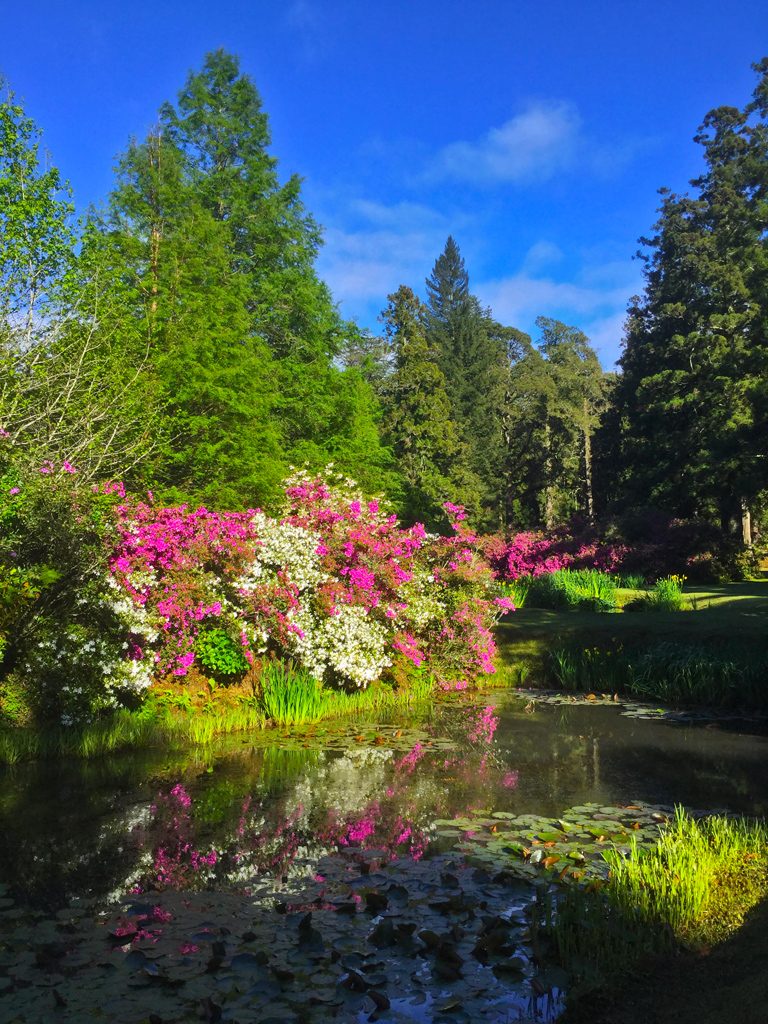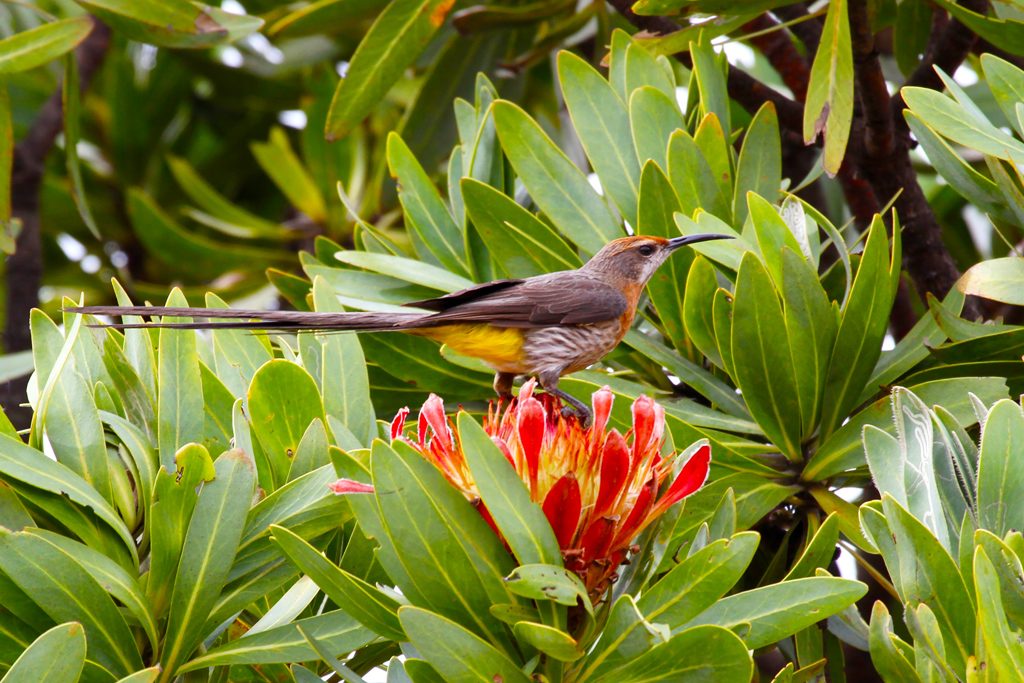Eastern South Africa Intro
The provinces of KwaZulu-Natal and Mpumalanga on South Africa’s eastern seaboard boast some of the continent’s finest birding, with a combined birdlist of well over 750 species. This impressive total reflects the incredible natural diversity that is present within the region, a factor that makes birding the area such a delight. Habitats change quickly as you travel the region and our comprehensive birding tour covers all the best areas. From classic African savannas within world-renowned Kruger National Park, to teeming Zululand game reserves, to endemic-laden mistveld forests straddling Natal’s Midlands, dense mangroves and mudflats along the coast to lofty peaks of the magnificent Drakensberg massif, our tour of Eastern South Africa provides the very best of South African birding and game watching.
Our first stop, Kruger National Park, is home to more than 525 species of birds and 150 species of mammals! Our time in Kruger will be spent in acovered, open sided Safari Vehicle with stadium seating so everyone will have a window seat and 360 degree views to make viewing and photography of animals easy. During our time in Kruger we will stay at three camps over our five day stay. Each offers different habitats, animals and adventures!
From Kruger we head south to Wakkerstroom to enjoy high grasslands and marshes with numerous endemics. Wandering about exploring grasslands, rocky outcrops and gorges in search of Southern Bald Ibis, Stanley, Blue and Southern White-bellied Bustard, Blue Crane, the bizarre Ground Woodpecker, the rare and localized Botha’s and Rudd’s Lark (the latter considered the world’s most threatened lark and classified as critically endangered), Sentinel Rock-Thrush, Buff-streaked Chat, Yellow-tufted and Yellow-breasted Pipit, the spectacular Long-tailed Widowbird, Yellow-crowned and Southern Red Bishop and African Quailfinch.
 Blue Crane. Photo by Kim & Cindy Risen ©.
Blue Crane. Photo by Kim & Cindy Risen ©.
After breakfast at Wakkerstroom we’ll turn southward to the town of Hluhluwe and our game camp adventure at the fabulous Mkuze Reserve—the best birding area in South Africa. Mkuze protects a wide variety of savanna, forest and wetland habitats. We expect to see large numbers of bird and wildlife species during our stay here but we will concentrate on finding the localized specialties of this area. These include Black-bellied Bustard with its strange, “cork-popping” display, the nomadic Senegal Lapwing, Eastern Nicator, the beautiful Narina Trogon, Eastern Bearded Scrub-Robin, Rudd’s Apalis, Stierling’s Barred Warbler, Neergaard’s Sunbird, Gorgeous Bushshrike and Pink-throated Twinspot.
From Mkuze we head south to Hluhluwe-Umfalozi Reserve, St. Lucia & iSamangaliso Wetland Park. This area is equal to Kruger in mammals and you might get tired of photographing rhino (Black & White), elephant, zebra, and many antelope species before we leave. We’ll arrive to the coastal village of St. Lucia, gateway to the spectacular iSamangaliso Wetland Park, in the late afternoon. We will do a late afternoon boat trip on the river to observe hippos and water birds at close range—great for photographing a variety of birds and Hippos up close! Just north of St. Lucis is Cape Vidal, a unique reserve, protecting some of the most pristine sand forest and palm savanna in all of Zululand, and we’ll search for such special birds as the spectacular Crested Guineafowl, Klaas’ Cuckoo, Yellowbill, Scaly-throated Honeyguide, Blue-mantled Crested Flycatcher, the highly sought-after African Broadbill, and the attractive Lemon-breasted Canary, a scarce endemic only described to science in 1960.
Then we are on to Eshowe, Dhlinza Forest, and our stay at Benvie. Early in morning we visit thick woodlands within the Dhlinza Forest Reserve to experience South Africa’s only forest canopy walkway. Walking through the spectacular gardens at Benvie is like being inside a Monet painting! We’ll stay in the historic farmhouse and make ourselves at home amid the colorful blossoms. Owls and flufftails both occur in the forested areas adjacent to our guesthouse. We’ll make an effort to see them during our visit.
Benvie Farms Garden – not your typical African scene! Photo by Kim & Cindy Risen ©.
From Benvie we work our way to Creighton and our trip up Sani Pass into the tiny mountain Kingdom of Lesotho in search of a handful of highly localized, highland endemics. In order to do this, we will transfer to 4X4 vehicles and make our way up the rugged and spectacular Sani Pass, birding enroute. The grassy slopes and rocky outcrops at the lower end of the pass are home to the bizarre Ground Woodpecker, Cape Rock-Thrush and Yellow Bishop, while stands of Protea bushes support the spectacular, endemic Gurney’s Sugarbird (belonging to a family endemic to Southern Africa), Greater Double-collared Sunbird and the dazzling Malachite Sunbird. As we approach the crest of the escarpment, we’ll be scanning the rocky scree along the roadsides for the stunning Drakensberg Rockjumper, Yellow-tufted Pipit, Sentinel Rock-Thrush and Drakensberg Siskin.
Gurney’s Sugarbird. Photo by Kim & Cindy Risen ©.
After our adventures near Creighton we return to Johannesburg and the end of our fantastic journey in Eastern South Africa.
This tour can be combined with our Cape Town and Western Cape tour to extend your African Safari with a completely different set of birds and mammals!
Leader: Kim Risen & Rick Bowers
| Intro | Itinerary | Tour Pricing and Information | Gallery | Birdlist | Registration |



